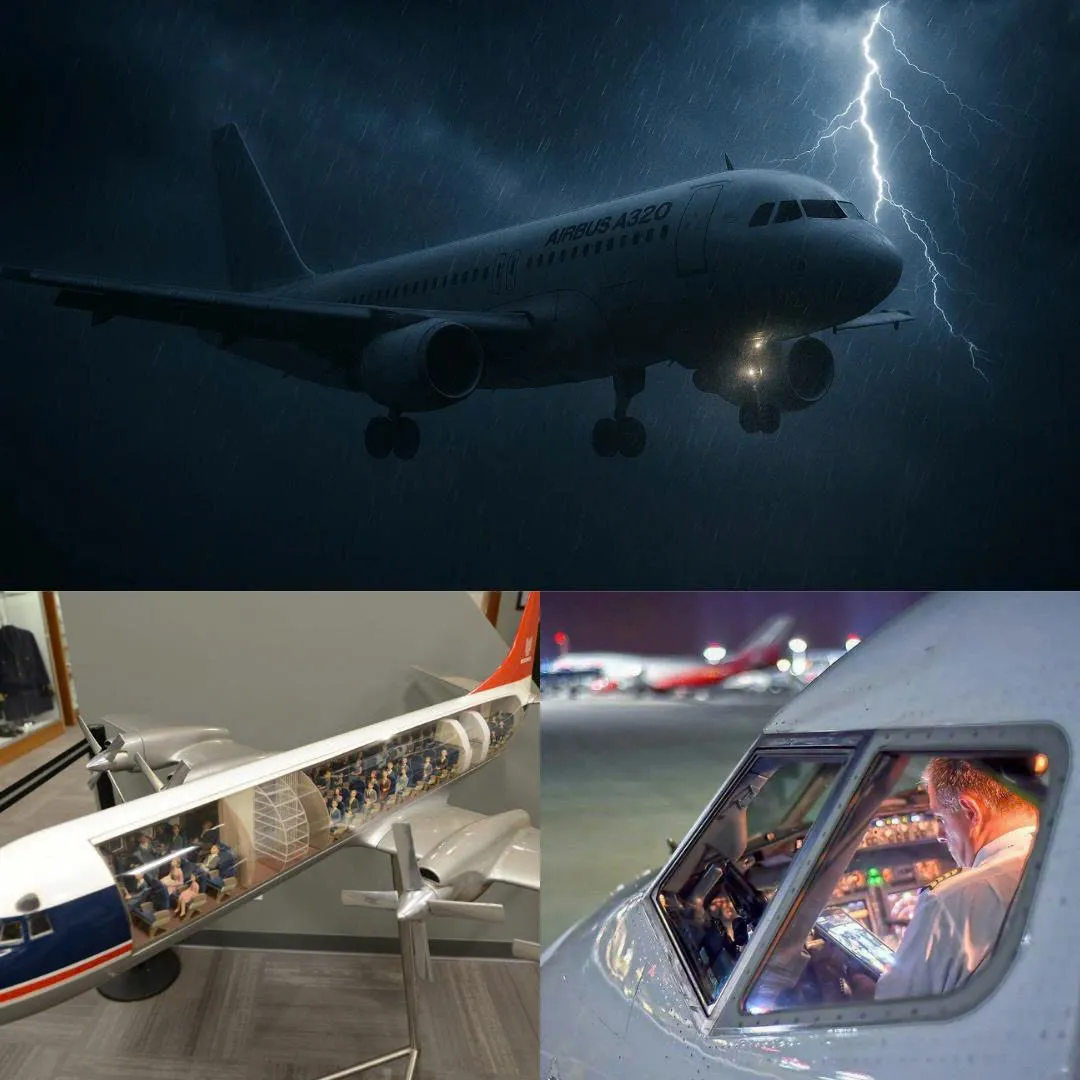
On a warm, sunlit afternoon at Saint Louis Lambert International Airport, September 28, 2007, American Airlines Flight 1400 seemed poised for an ordinary journey north to Chicago. The MD-82, a familiar workhorse of the skies, was packed with 138 passengers and five crew, all expecting little more than a quick hop over the heartland.
Yet, lurking beneath this tranquil scene was a perfect storm of neglect, shortcut-taking, and cockpit complacency that would soon place every soul on board in unimaginable danger. From the very start, trouble shadowed this flight. As passengers took their seats, joking and settling in for what should have been an easy trip, the pilots in the cockpit were already wrestling with a problem: the left-hand engine simply refused to start.
Unbeknownst to everyone, the chain of events that would soon play out was already in motion, seeded by a maintenance culture that cut corners and a ground crew forced by systemic inefficiency to use makeshift fixes.
Instead of following prescribed procedures to coax the stubborn engine to life, a ground crew member, pressed for time and lacking the right tool, jammed a screwdriver into a hard-to-reach button underneath the engine. It was a “trick” that had become disturbingly common practice, but this time it set off a chain reaction that would nearly end in disaster. Inside the left engine, a small but critical part was fatally compromised.
With both engines finally roaring, baggage loaded, and the runway ahead, the pilots pushed aside the earlier delay and focused on getting airborne. The cockpit atmosphere was relaxed—too relaxed for what the FAA’s sterile cockpit rule demanded. The captain, a veteran just six months from retirement, chatted with his first officer, veering from official procedures as they taxied out.

The checklists were read with casual interruptions, the discipline of years on the line melting away into banter. If this flight had gone smoothly, no one would have cared. But fate, and years of overlooked details, had other plans.
As the MD-82 thundered down the runway and lifted into the blue Missouri sky, a hidden problem from the engine start was about to reveal itself in the worst way possible. The moment the plane left the ground, a damaged valve in the left engine malfunctioned, sending a surge of pressure spinning an internal turbine out of control. Within seconds, the engine erupted in flames.
Sirens wailed in the cockpit, lights flashed, and the first officer called out the fire warning. The pilots declared an emergency to air traffic control, preparing to circle back for a desperate return to the runway. In the chaos, a troubling pattern emerged: instead of focusing on the immediate, life-or-death checklist for engine fire, the pilots fumbled their roles and priorities.
The captain interrupted the first officer’s urgent checklist to brief flight attendants, wasting critical moments as fire ate through the engine and wiring. The checklist to shut down the burning engine was left incomplete—fuel continued to feed the blaze, and precious time was lost.
It was at this moment that a routine emergency became a nightmare. As the fire raged unchecked, vital systems in the aircraft began to fail. The captain’s primary flight and navigation displays flickered out—reduced to ancient, hard-to-read backup dials.
The landing gear indicators went dark. The cockpit door’s electric lock failed, swinging open in turbulence. The complexity and unpredictability of these failures far surpassed what the pilots had ever experienced in training. Electrical chaos was cascading through the MD-82, multiplying the pilots’ workload and confusion. With the first officer back at the controls, both men struggled to prioritize: radios, checklists, and instruments all demanded attention.

But with checklists only half-completed and uncertainty about what systems still worked, neither man had the full picture. Even as the fire alarm screamed, attempts to discharge the extinguishers failed—the cockpit filling with dread as the situation spiraled further out of control.
As the plane limped back toward the airport, the stress was relentless. Air traffic control vectored them for an emergency approach, but now the nose wheel landing gear lights refused to illuminate.
With only minutes to touchdown and no way to confirm if the gear was actually down, the captain faced a terrible choice: risk a gear-up landing in a plane filled with fuel and terrified passengers, or attempt to go around and try again with a crippled, burning aircraft. He tried to land, but with controllers unsure about the gear’s position, he was forced to abort the approach and struggle to keep the plane airborne on one failing engine.
At the edge of their abilities, the crew called for help—an off-duty captain rushed forward from the cabin to assist, highlighting just how quickly the workload had overwhelmed the original pilots.
The tension in the cabin was suffocating. Passengers, kept largely in the dark about the unfolding crisis, were finally told by the relief pilot to brace for an emergency landing. Flight attendants scrambled to prepare the cabin, eyes locked on the faces of those they were responsible for.
In the cockpit, the pilots finally managed to extend the landing gear manually, and to their immense relief, a quick call to the tower confirmed the gear appeared to be down and locked.

As the runway rushed up to meet them, all three pilots and every passenger held their breath. With just enough control restored, the captain guided the battered jet down. The wheels kissed the tarmac, the brakes held, and the plane finally screeched to a halt amid a chorus of spontaneous applause and tears.
But for all the relief, the near disaster of Flight 1400 cast a harsh light on the failings within American Airlines’ maintenance and operating culture. The initial engine issue had been caused by a failed filter that should have been detected and replaced. Instead, poor procedures and lack of oversight let a dangerous shortcut slip through, exposing the entire flight to mortal risk.
The chaos in the cockpit during the fire—the botched checklist, the breakdown of sterile cockpit discipline, and the confusion about roles—revealed how easily even veteran crews can unravel under pressure, especially when the unexpected piles up fast.
The National Transportation Safety Board’s investigation led to damning conclusions. American Airlines was forced to review its maintenance protocols and retrain ground crews to follow procedures precisely, never again allowing convenience to override safety.
Perhaps even more critically, pilot training was overhauled to emphasize the absolute necessity of following checklists to the letter, never allowing distraction or complacency to take hold, especially during emergencies.
The lessons of Flight 1400 echo in every simulator, every training session, and every cockpit brief: discipline and preparation are not optional—they are the only shield against the chaos that can strike at 30,000 feet.
For the passengers of Flight 1400, fate and a little luck allowed them to walk away and tell the story. For the airline, for regulators, and for every crew that followed, this fiery ordeal became a cautionary tale etched into the DNA of aviation safety, a reminder that disaster often lurks in the ordinary—and only vigilance and rigor can keep it at bay.



